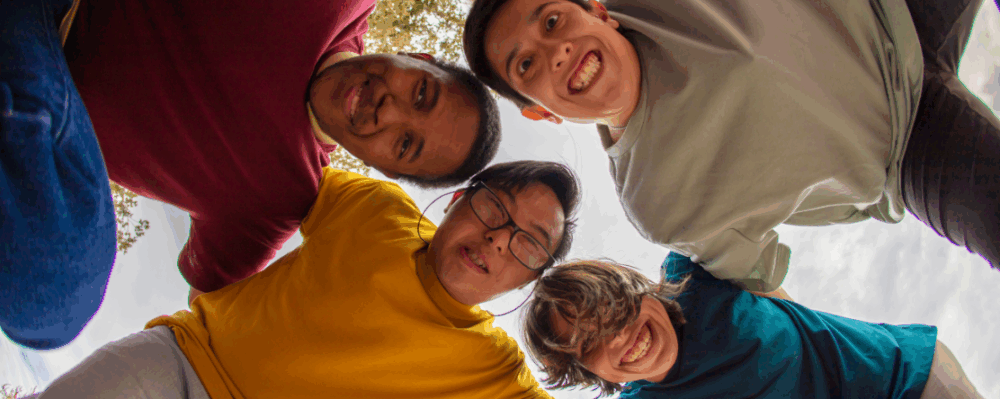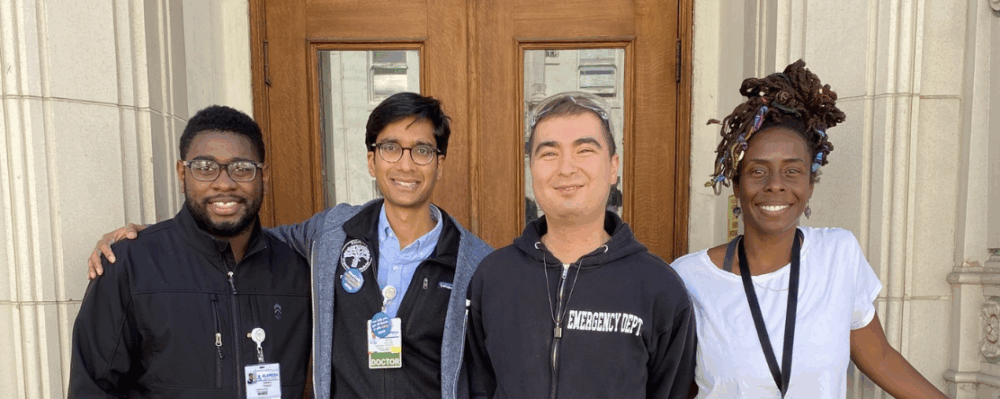
In the News
The Impact of Adverse Childhood Experiences (ACEs) Among Youth in California’s Rural Communities
- Los Angeles Times
-
Focus Areas
Women, Youth & Children -
Issues
Adverse Childhood Experiences -
Programs
Population Health Innovation Lab (PHIL)

“Linda Plumlee struggled to look alert in her economics class.
Her teacher was asking whether the students had heard about the recent closure of Silicon Valley Bank. (They had. On TikTok.)
Plumlee, a bubbly cheer team captain and student body president at Modoc High School, sipped an iced oat milk caramel macchiato. She was exhausted. And she had to go straight to work — at one of her two jobs — after class that snowy spring day.
She was waiting for college acceptance letters. She had a speech competition to prepare for. Homework to catch up on. Scholarship essays to write. And yet another room to finish moving into.
For more than two years, Plumlee, 18, had essentially been homeless.
She’d bounced around this rural Northern California town, sleeping on couches and spare beds and, for a stretch, the back seat of her car — all while organizing blood drives and getting good grades and helping classmates with their homework.
Like Plumlee, even the most ambitious students in California’s impoverished rural north often deal with extreme challenges, including poverty and neglect, at higher rates than anywhere else in the state.
For Plumlee, academics were a ticket out of Alturas, a cattle-ranching town of 2,700.
“I want a future,” she said. “I want to do something with my life. And I’m the only one who’s going to get me there.”
Plumlee is so responsible that other kids called her mom. Most people didn’t know what she was going through outside of school.
About eight years ago, educators in Modoc County realized they had a serious problem.
Students kept melting down, becoming so angry or disruptive that they had to be pulled from classrooms. The county’s suspension rate was about three times higher than the state average, and students were twice as likely as those statewide to be chronically absent.
“We realized we were dealing with something bigger than behavior,” said Misti Norby, deputy superintendent of the Modoc County Office of Education. “We were like, what’s going on with our kids?”
Teachers across Modoc County assessed their students, relying on a fact of small-town life that can be both a blessing and a curse: everyone knows everyone’s business. They did an informal, anonymous tally of what are called adverse childhood experiences, or ACEs, which include abuse or neglect; a parent’s death, incarceration or divorce; and mental illness or substance abuse in the home.
About 58% of kids in Modoc County, Norby said, were believed to have four or more ACEs, putting them at significantly higher risk later in life of suicide, substance abuse, chronic health problems and unemployment.”
To read the full article, click on the link below. Registration or subscription may be required to access this full story.
Originally published by Los Angeles Times
More Updates
Work With Us
You change the world. We do the rest. Explore fiscal sponsorship at PHI.
Support Us
Together, we can accelerate our response to public health’s most critical issues.
Find Employment
Begin your career at the Public Health Institute.



